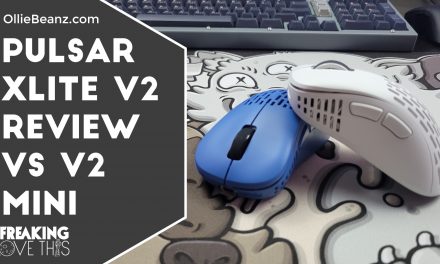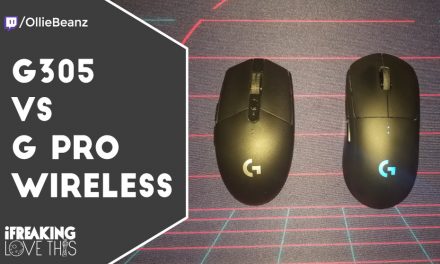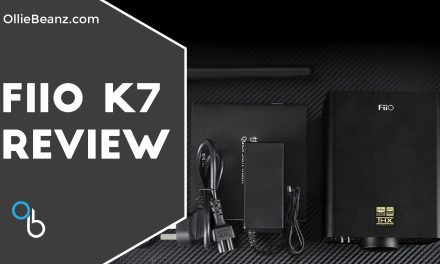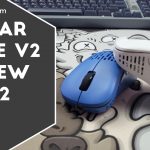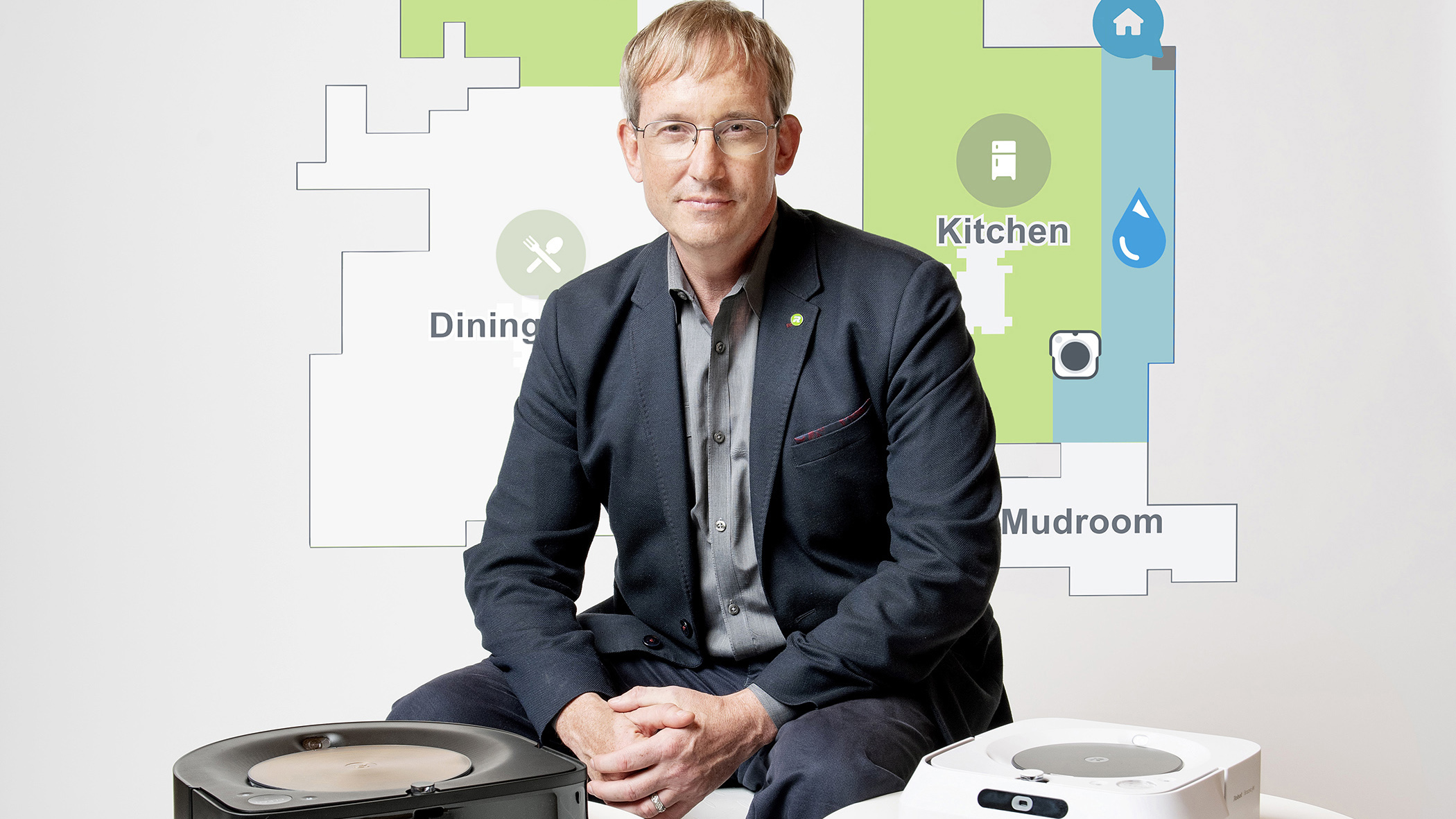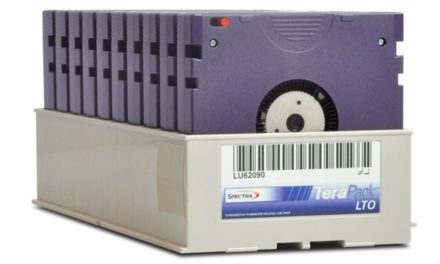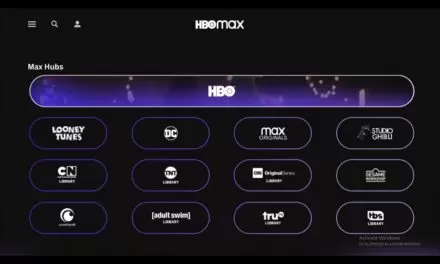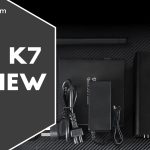
With Roomba s9+ and Braava Jet m6, iRobot becomes a smart home maker
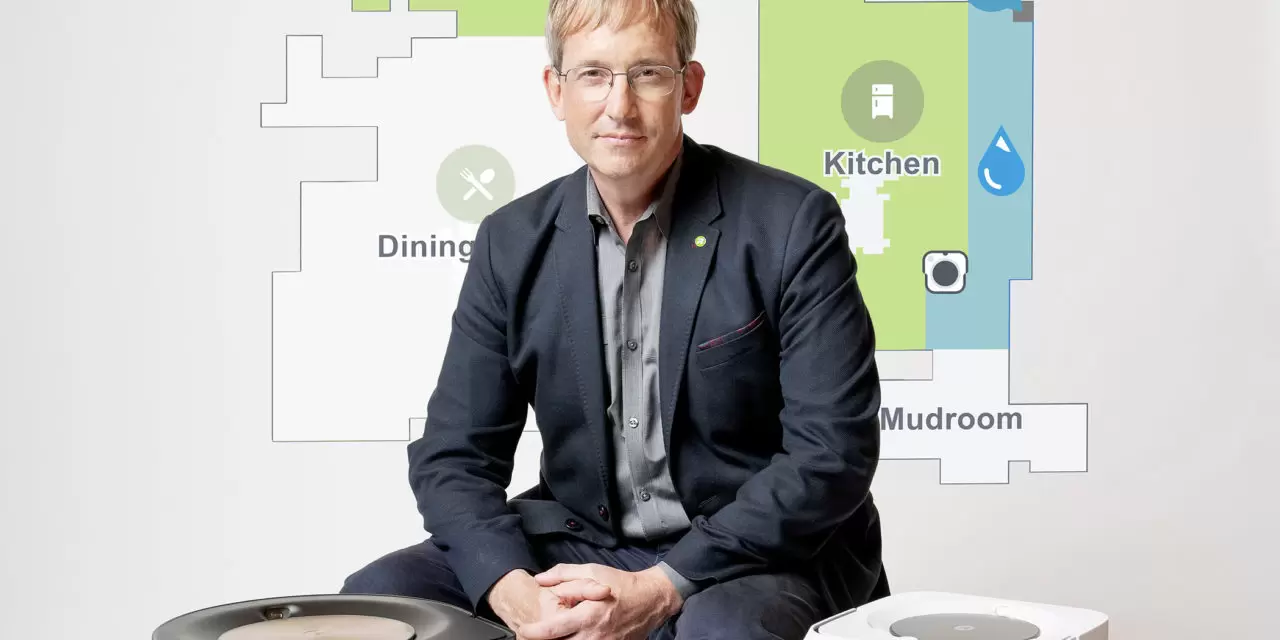
It would suffice to say that iRobot has all but nailed the autonomous floor cleaning robot, but after seeing its brand-new Roomba s9+ and Braava Jet m6 devices, it’s clear that this is just the beginning for the 29-year-old company.
With these two new robots, iRobot is not only focused on increasing its products’ cleaning effectiveness and efficiency with new edging techniques, but also on their autonomy and ability to work in tandem.
Today, when you tell your Wi-Fi connected Roomba to “clean the house” via your smart speaker, it will wake up and do its normal routine until its complete and call it a day – to varying effectiveness depending on your model. Soon, when you utter that phrase with both the new Roomba and Braava set up, the two will communicate with one another to fully sweep, vacuum and mop all of your floors in one fell swoop.
“There’s been a ton of research and R&D behind this new concept of collaboration,” iRobot co-founder and CEO Colin Angle (seen above) tells TechRadar. “Whereas you would before say, ‘Roomba, ‘go vacuum the living room,’ you can now say, ‘Roomba, clean my house.’ And, the rooms that need to be vacuumed are vacuumed and the rooms that need to be mopped are mopped.”
This is what iRobot calls its Imprint Link technology, an extension of the Imprint Mapping technology first seen in the most recent Roomba i7+ robot. Users will initially set up how this works within the iRobot smartphone app, determining which rooms get vacuumed and swept and which rooms get mopped.
Then, the robots will communicate over your Wi-Fi network to determine how to get the job done most effectively – and in the right order. If you already own a Roomba i7+, this new feature will work with that product when paired with a Braava Jet m6.
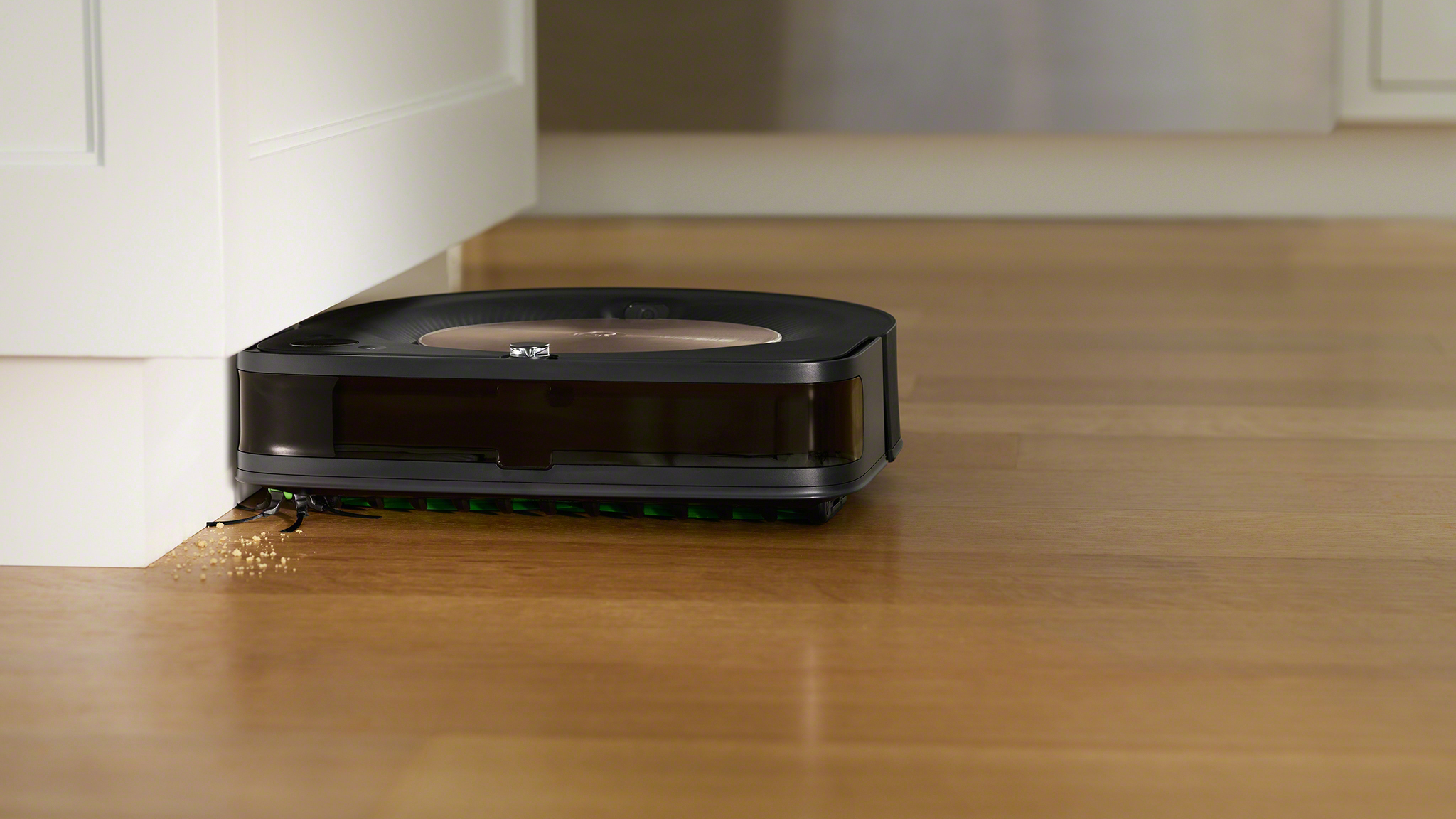
Roomba s9+ – ‘the best vacuuming robot in the world’
The newest Roomba is somehow an exponential leap over last year’s i7+ model, four times more powerful than that aforementioned robot and a whopping 40 times stronger at dirt pickup than the Roomba 600 Series devices. It also has double the battery life and four times the motor strength of the i7+, according to Angle.
“It’s all about edging,” Angle says. “So, we moved the rollers in front of the wheels and widened them out so that, compared to an i7, it’s going to get to the edges and spend more time near the corners.”
You can see that the Roomba s9+ takes on an entirely new shape compared to every Roomba that has preceded it to achieve this. However, it’s using much of the same parts found within the i7+ – just in new positions.
Some, like the rollers, are also larger to catch more debris. Meanwhile, the sweeping brush is enhanced to bring in more debris at the edges and corners into the rollers.
Ultimately, we’re told that iRobot’s machine vision capabilities are now strong enough so as to abandon a perfectly round shape that was admittedly used to avoid its robots getting stuck in corners.
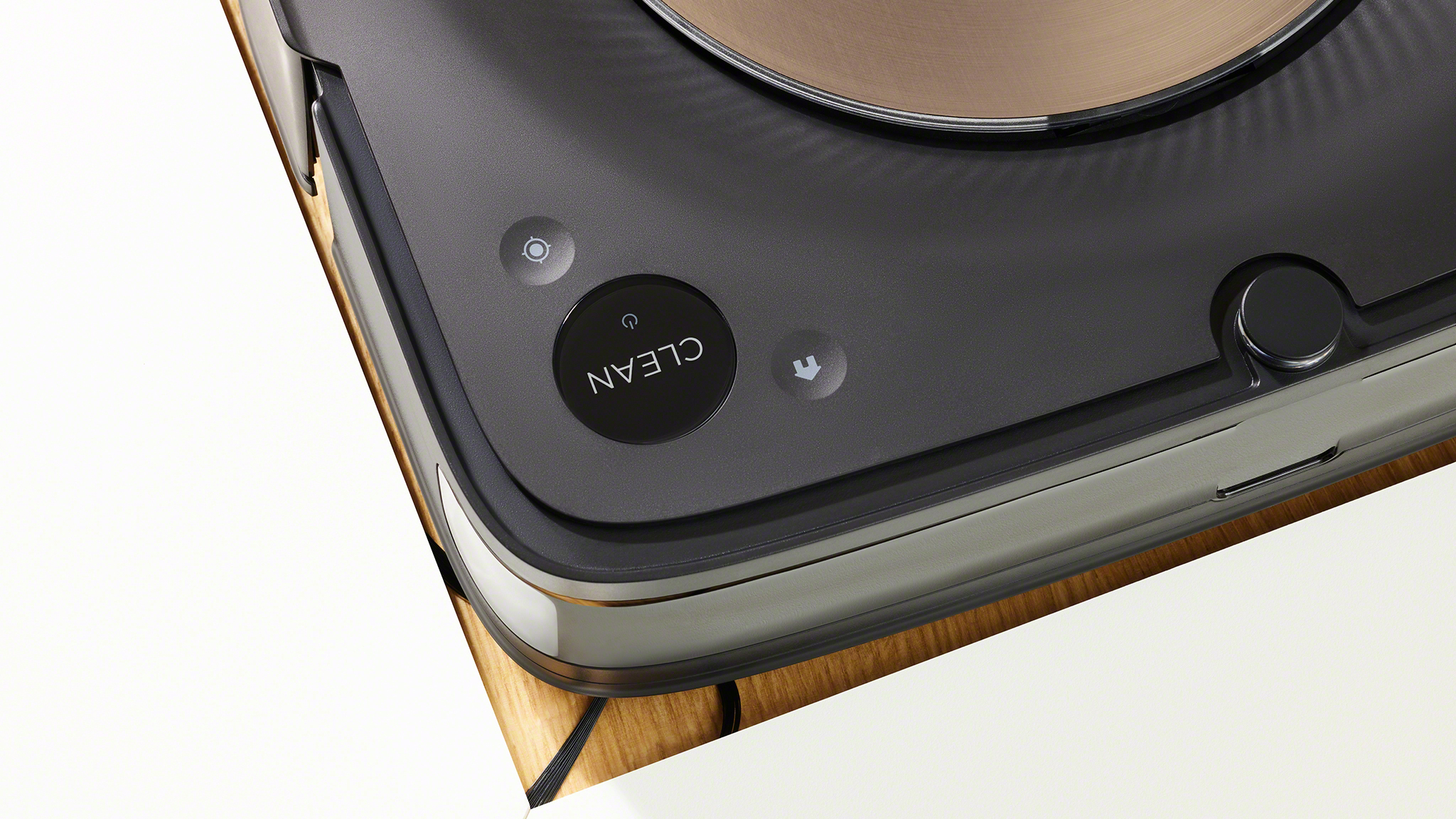
“[There were] lots of challenges to going to this shape in order to navigate the edges well,” Angle says. “We have added a 3D structured light sensor to the front, so that we have much more information about the geometry of the rooms that we’re trying to get into – really millimeters away from the edge. It’s all about getting the dirt from in front of rollers, and all it cares about is corners now. It’s the only thing that we’re missing. The edging technology is a big boost in this.”
On a related note, iRobot has also taken great pains to enhance the sealing on both its robot’s and its Cleaning Base’s air paths to ensure that 99% of what is picked up goes into the bag. Why is iRobot so obsessed with this? Allergies.
“It’s sort of a full system engineering challenge we’ve taken on because we think that having a home maintained by a robot should be a boon to allergy sufferers,” Angle tell us. “They don’t even have to be around while the vacuum is going off, and everything gets picked up and goes into the bag.”
“Power, edging and anti-allergy, system-level design is what makes this guy a platform for what you’ll see from us for a long time to come,” Angle promises. “This is the best vacuuming robot in the world, and it has all of the wonderful features that you like in the i7, from the user interface perspective, and more cleaning.”
The Roomba s9+ is available immediately in the US with the Clean Base included for $1,299 (about £1,020, AU$1,880) and for $999 (about £790, AU$1,450) on its own. In European countries, the device will launch on July 12 with the Clean Base for €1,499. Additional Clean Base Dirt Disposal bags are available in three-pack boxes at $16.99 (about £14, AU$25) each.
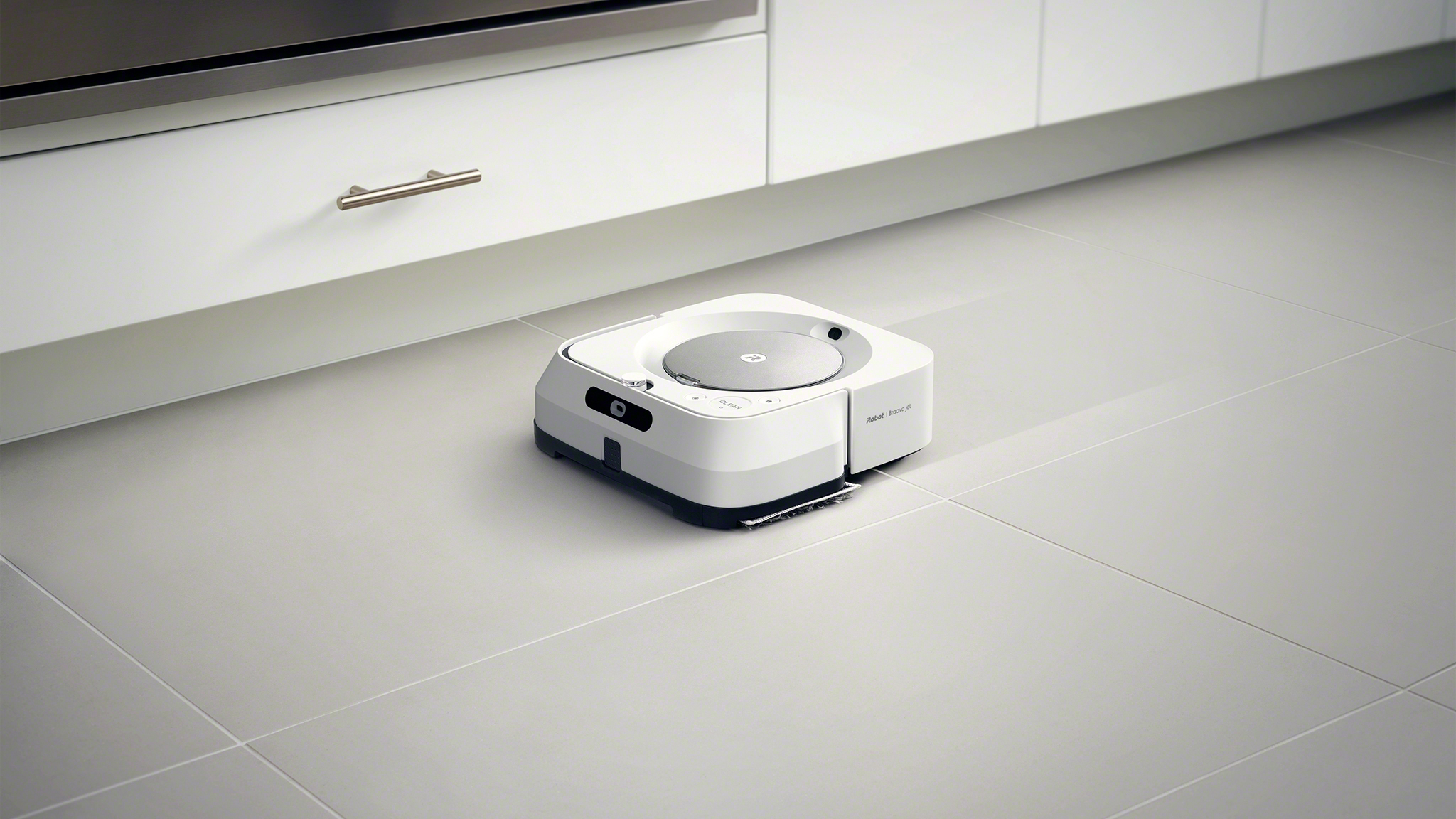
Braava Jet m6 – ‘a breakout moment for mopping’
Of course, the Roomba s9+ is really only one half of a larger whole, with the other being iRobot’s first mopping robot with full autonomy: the Braava Jet m6. This is a far cry from the comparably dinky Braava Jet 240 you may be familiar with.
“The usability leap from putting the mapping technology we have on the i7 and s9 onto the Braava made tremendous sense to us,” Angle tell us. “The other thing that limited the utility of your little Braava Jet was 100 square feet [range] – this is, depending on the setting, 400 to 1,000 square feet. If you have a hard floor home, this can pretty much do your whole home.”
Even if the new Braava Jet m6 – what with its new, larger water tank and Clean Base – wasn’t able to charge itself over the course of an entire mopping job, it would be a massive improvement. Like the newest Roomba, this Braava features iRobot’s “Maximized Edge” design allows it to clean against walls and baseboards more closely than either of iRobot’s previous robot mops.
This could be, as Angle puts it, as much of “a breakout moment for mopping” as the original Roomba was for robotic vacuuming
The Braava Jet m6 is available immediately for $499 (about £400, AU$720) in the US with the Clean Base included, while the launch in Europe will begin on July 12 for €699. Disposable cleaning pads will cost $7.99 (about £6, AU$12) per box of seven, while the reusable pads will run for $24.99 (about £20, AU$36) for a box of two.
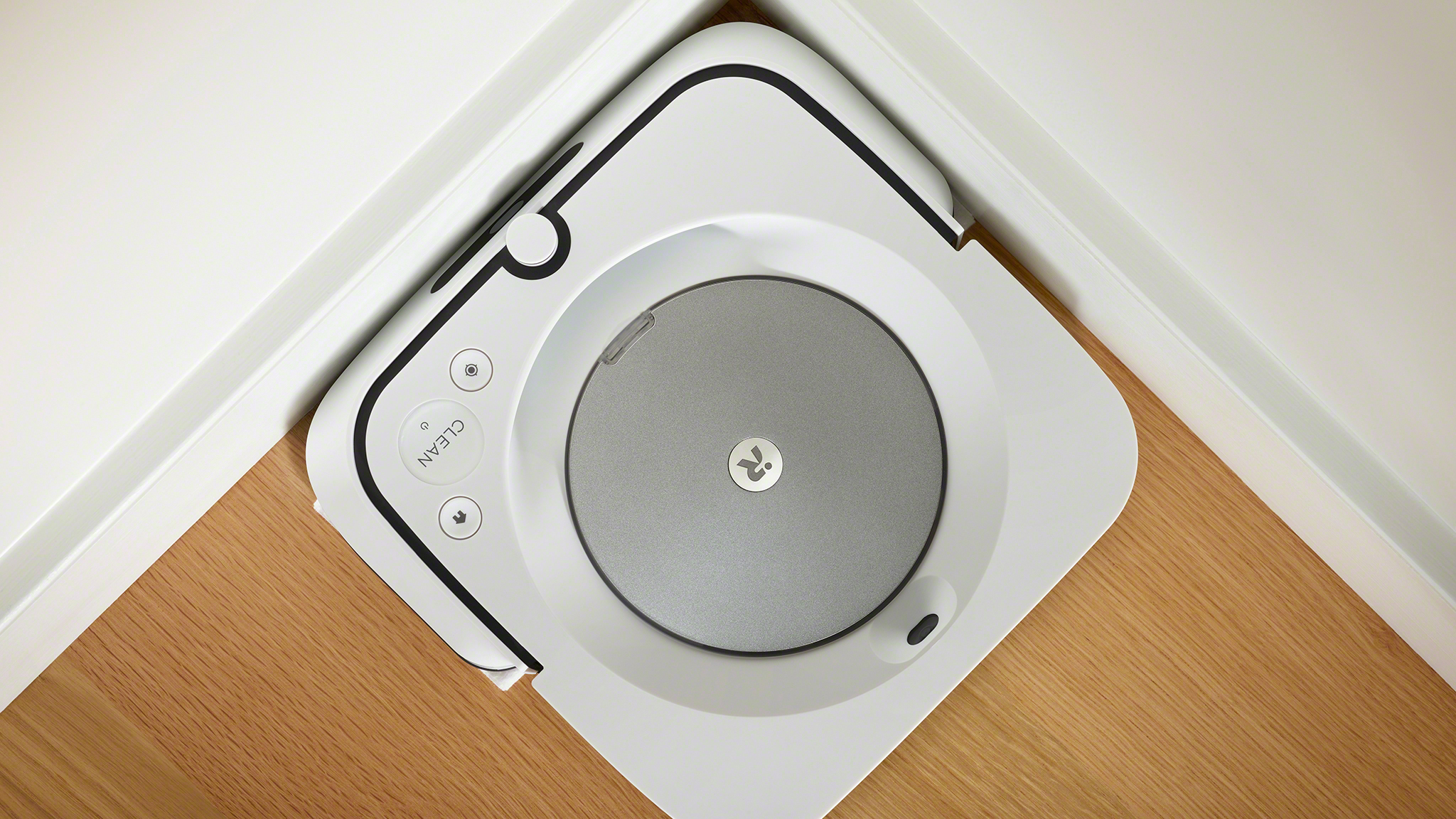
A crucial step toward a truly ‘smart’ home
“The next step after the robots is the smart home, which I view as a robot as well,” Angle tells us. “How are we going to make that just do the right thing based on us living in that home? [That’s] how I’m motivated to keep going on this journey.”
That’s an interesting way to look at this whole smart home thing, and perhaps unsurprising for a robotics company: that the smart home itself is a robot. It makes sense that the more we do to automate – or, really, roboticize – our homes, the more that they become robots in and of themselves … automatons at our beck and call, ready to execute our whims at an utterance.
In working with companies like Google and Amazon on the smart speaker side, iRobot is becoming more and more entrenched in the smart home world. In fact, it’s clear that the company has become so rooted in the sector now that it has already changed its driving ideology.
“This system approach to the smart home is something that iRobot is pioneering: what is the lexicon for giving commands that are higher level than ‘vacuum’ and ‘mop’,” Angle explains. “What do people want to do with these high-level commands, and how do we make it memorable and intuitive to do so?”
We can expect to see more iRobot products in the future continue to drive this way of thinking and even shape it, but only the engineers and programmers know right now what those expanded commands and even conversations with our smart homes will look like. However, we do know exactly who iRobot has in mind first and foremost with its smart home ambitions.
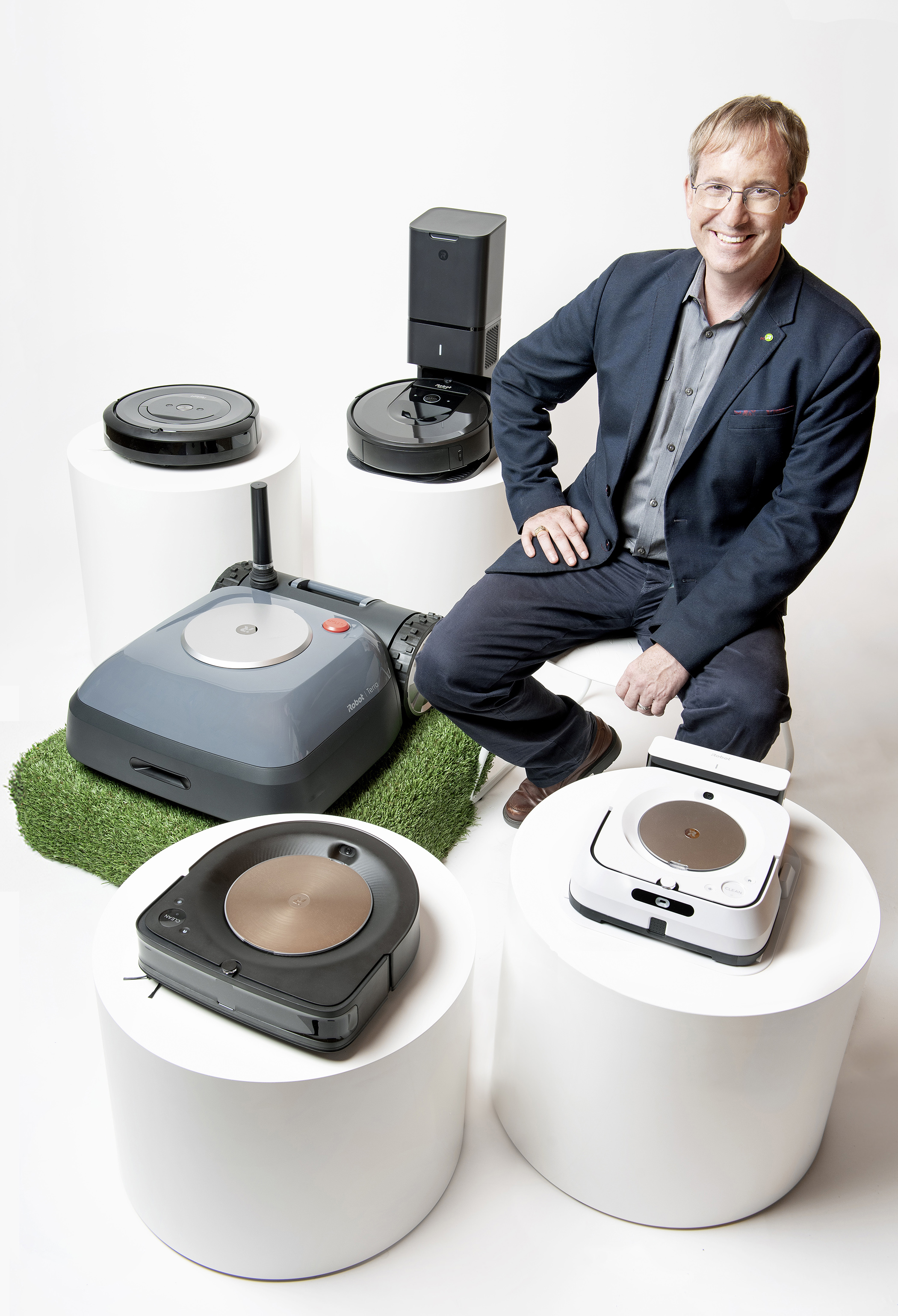
Angle and his team don’t just see the Roomba line as convenience products, but rather devices that make independent living more possible. iRobot isn’t thinking so much of the lazy middle class folks (read: this editor) as it is the elderly and disabled.
“iRobot’s long term goal is to extend independent living in the home for the aging demographic,” Angle reveals. “Who says we get to do that? Nobody, and yet we are going to do it. The Roomba is already the most successful elder care robot in the world, and it only does a few things. As we go on, we’re going to see more and more things from the company that, at the end of the day, are going to extend the ability for people to live independently.”
This is an end of the smart home conversation that we have not heard from the mainstream product and service providers, and for that it is refreshing. It’s also not something you expect to hear from a future-forward roboticist of a chief executive. (For instance, Elon Musk doesn’t talk much on the benefits of driverless cars for the elderly or disabled in particular.)
Though, perhaps it isn’t too surprising when you consider iRobot’s particular origins as a robotics company. The company’s robots have aided in major endeavors ranging from the Fukushima meltdown to space exploration long before they were even considering your living room. With that in mind, it’s exciting to imagine where the robotics firm – or smart home maker – will go next.
“It’s been 29 years, but in many ways iRobot is still a startup, and we’re just at the opening chapter of what robots are going to mean in our lives,” Angle says. “I couldn’t imagine a more exciting and relevant place to be.”
- The best smart speakers to date
Image Credits: iRobot
Source:: TechRadar Portable Devices
